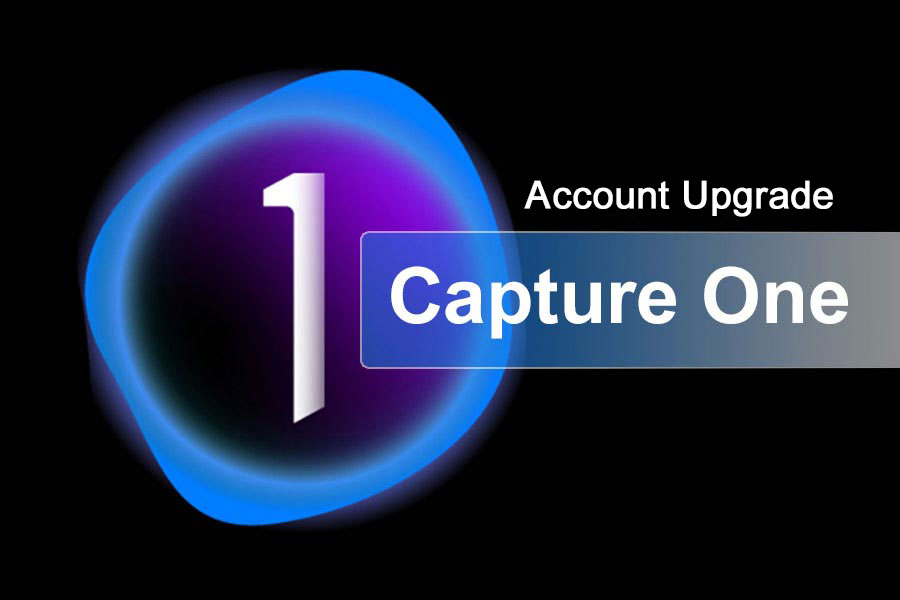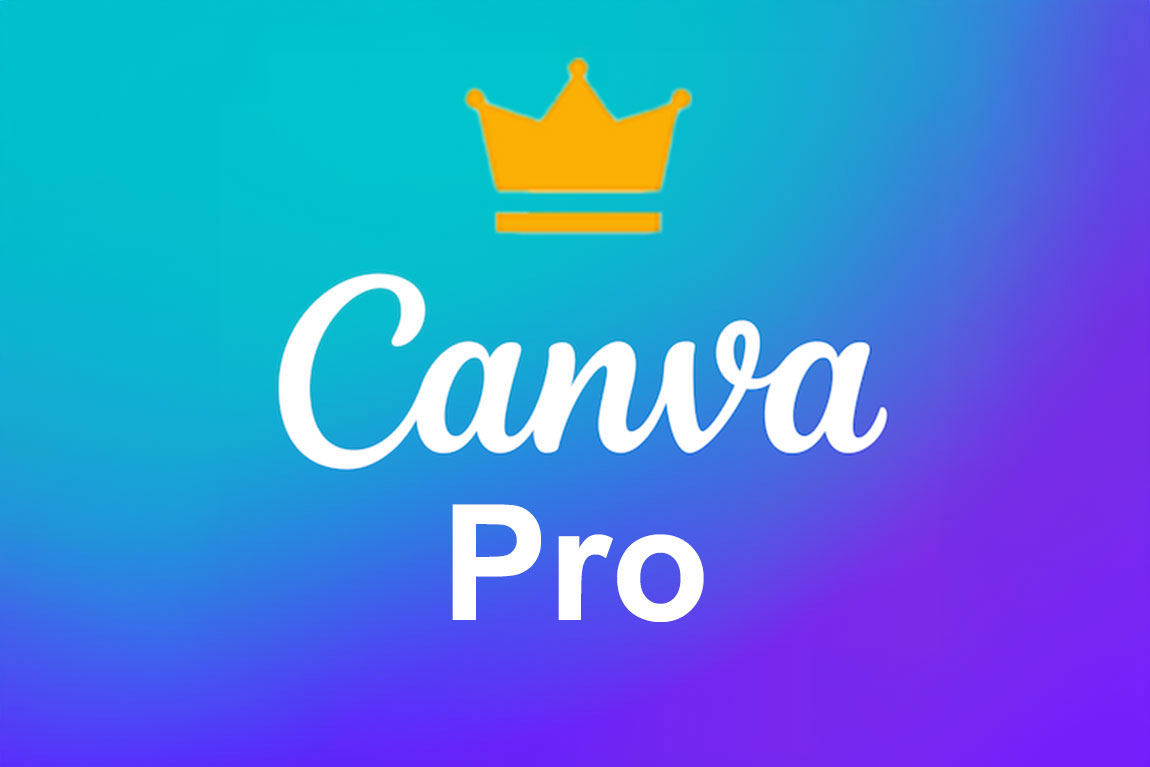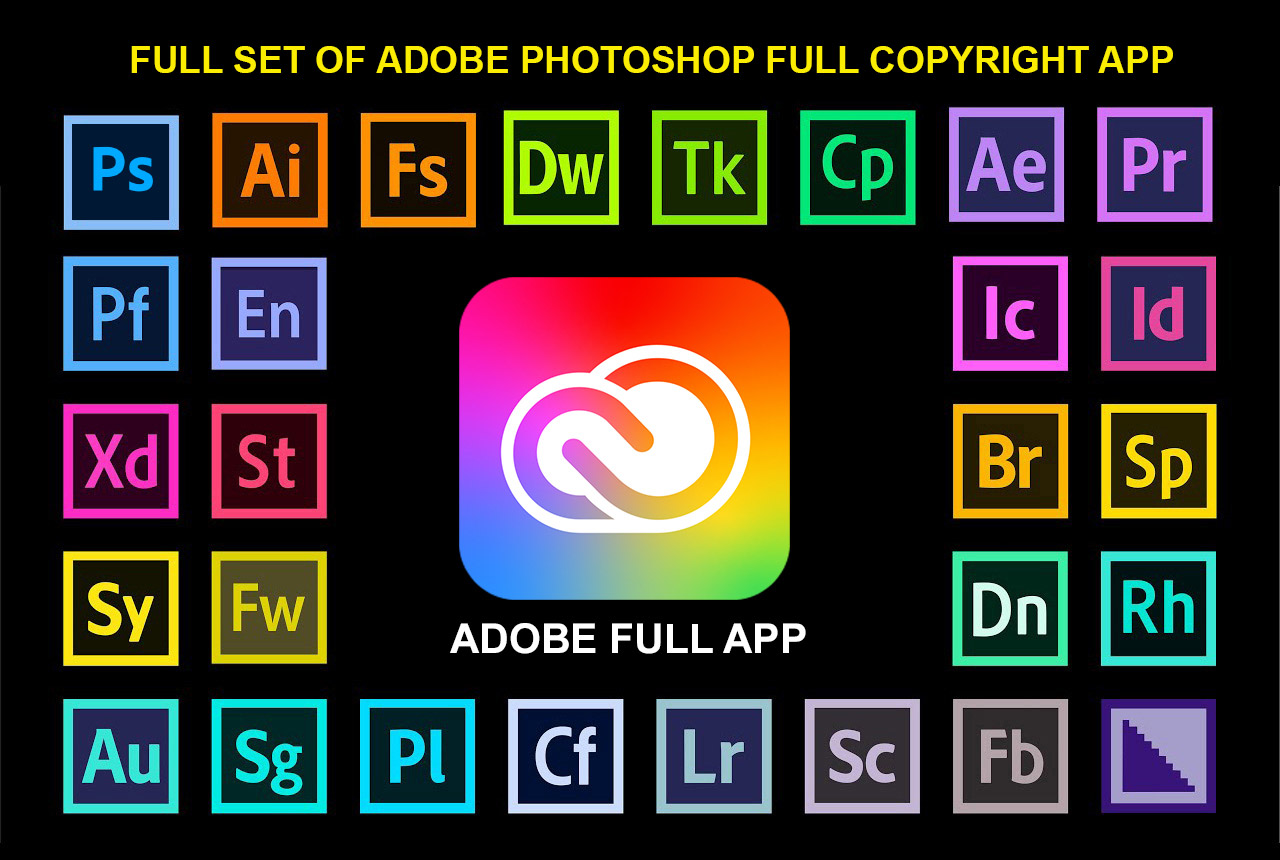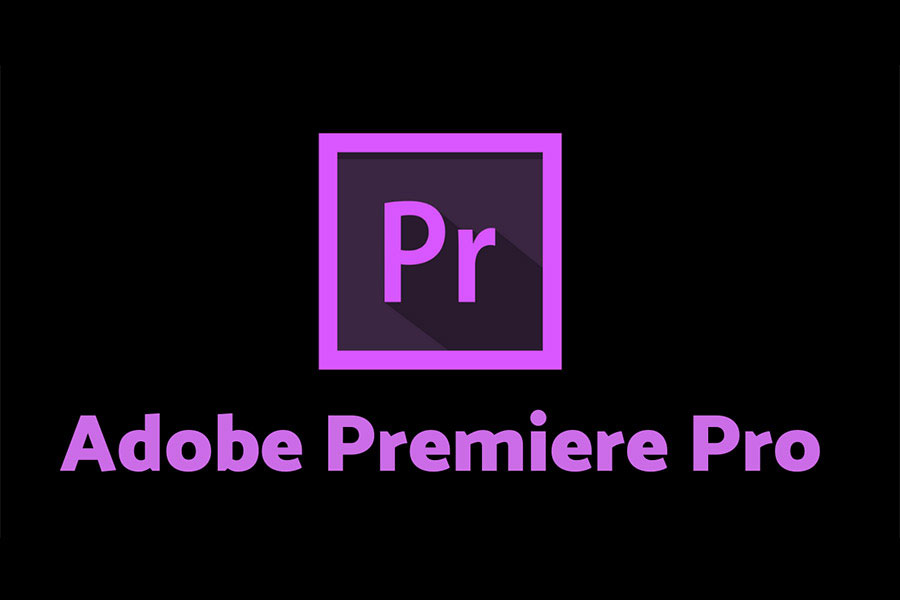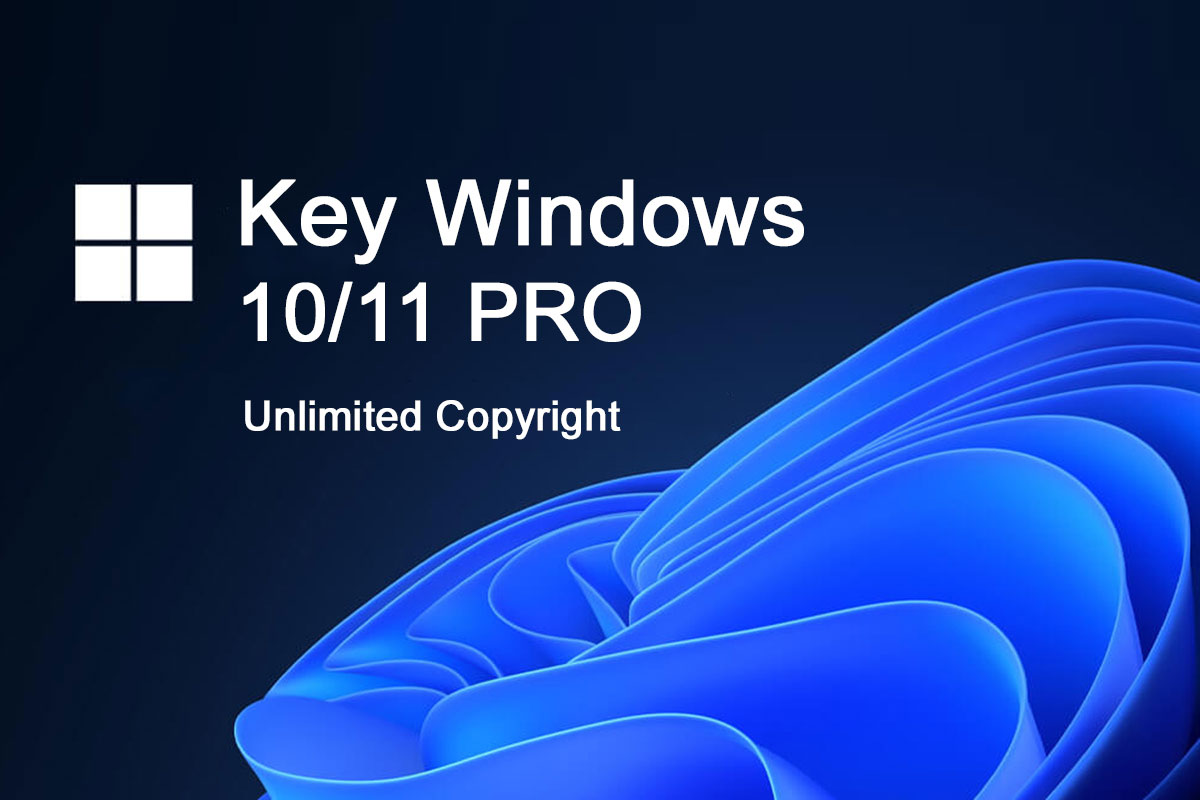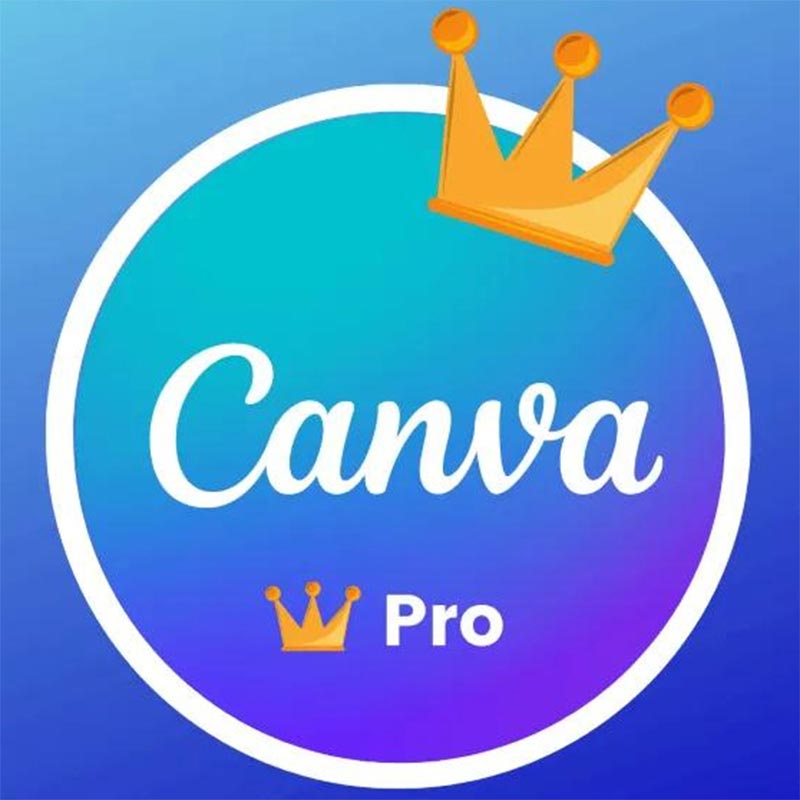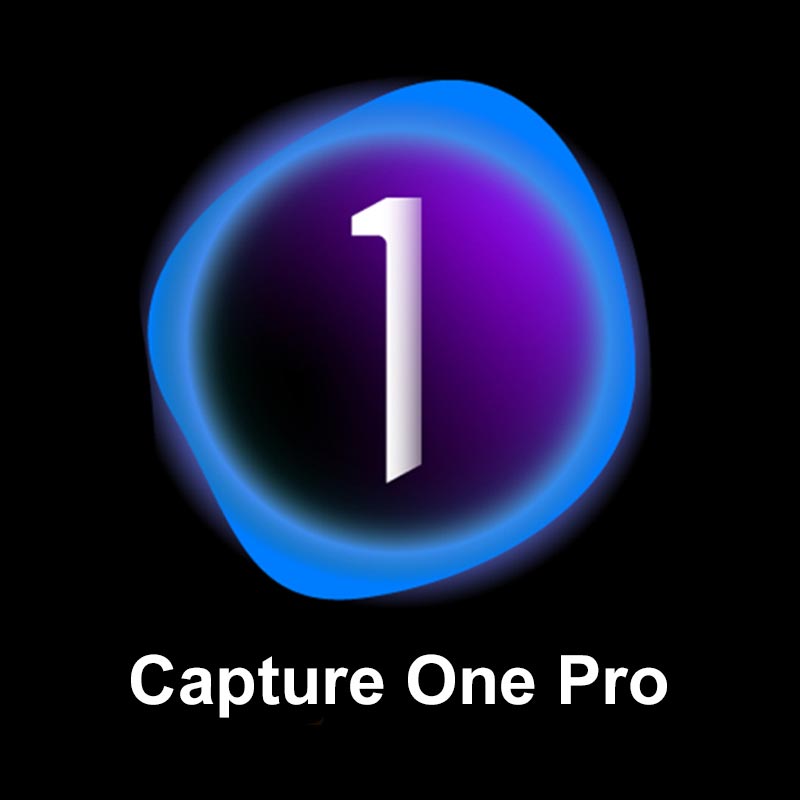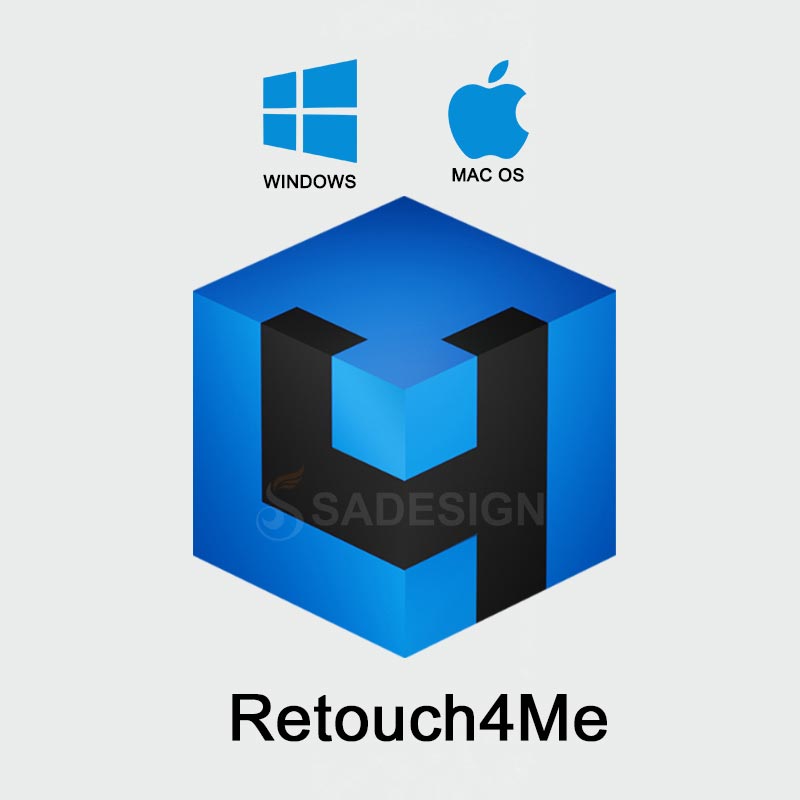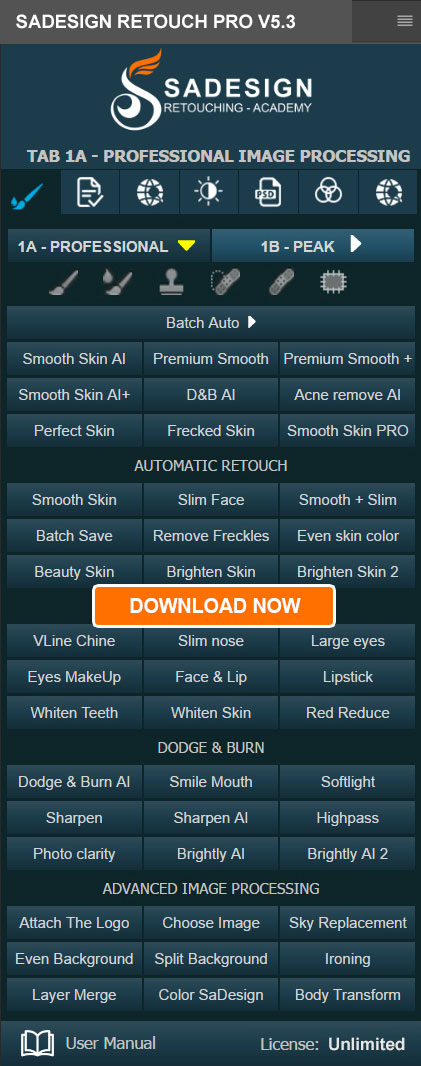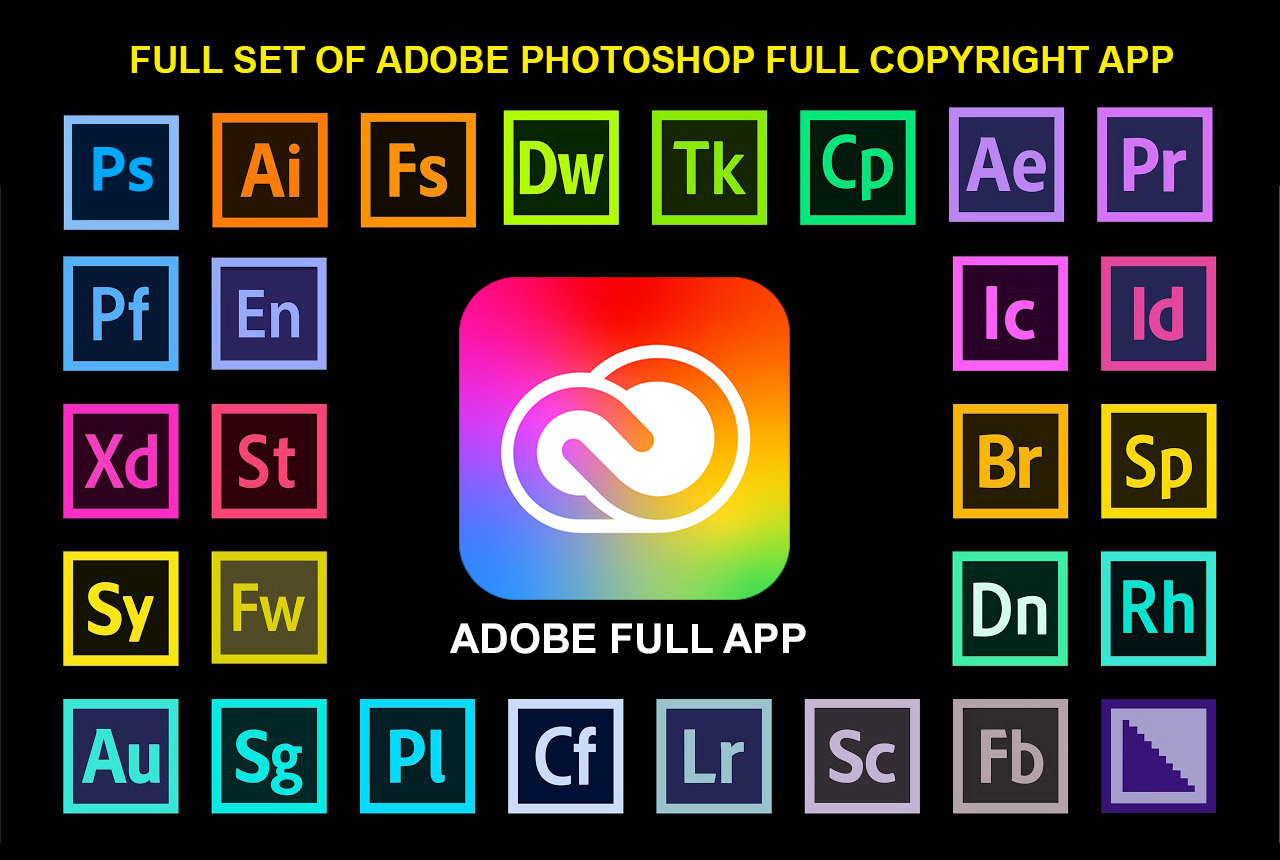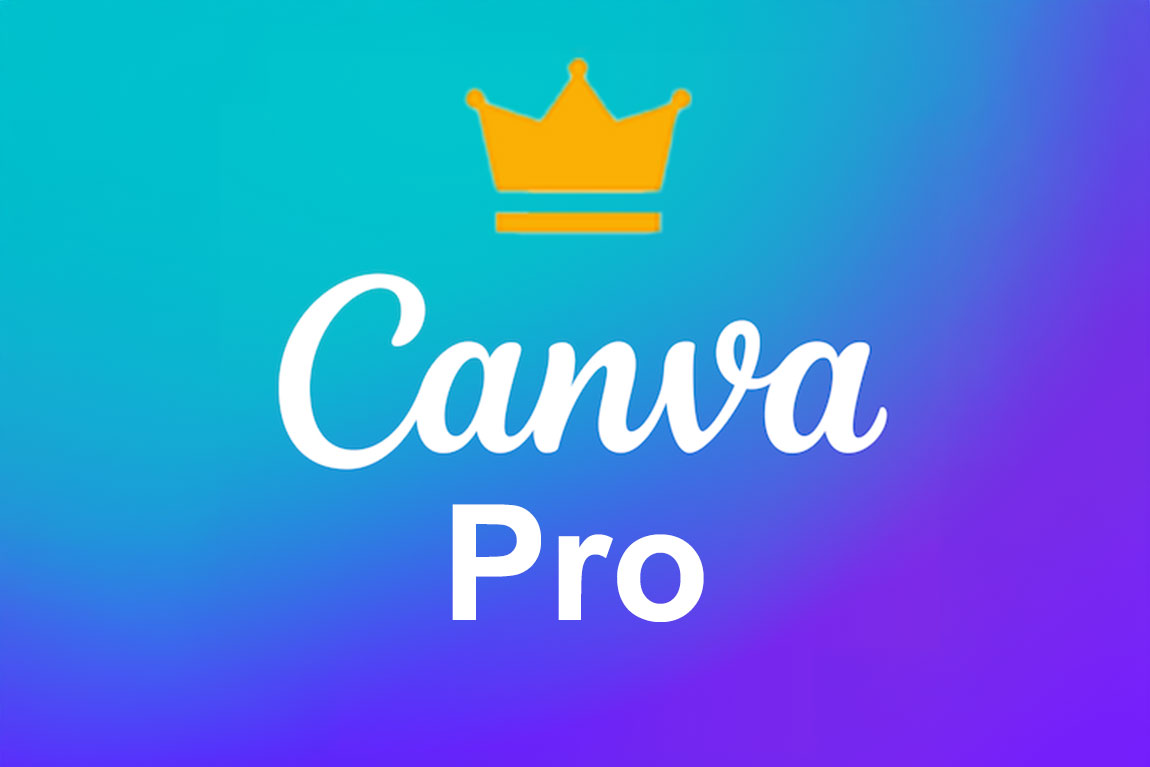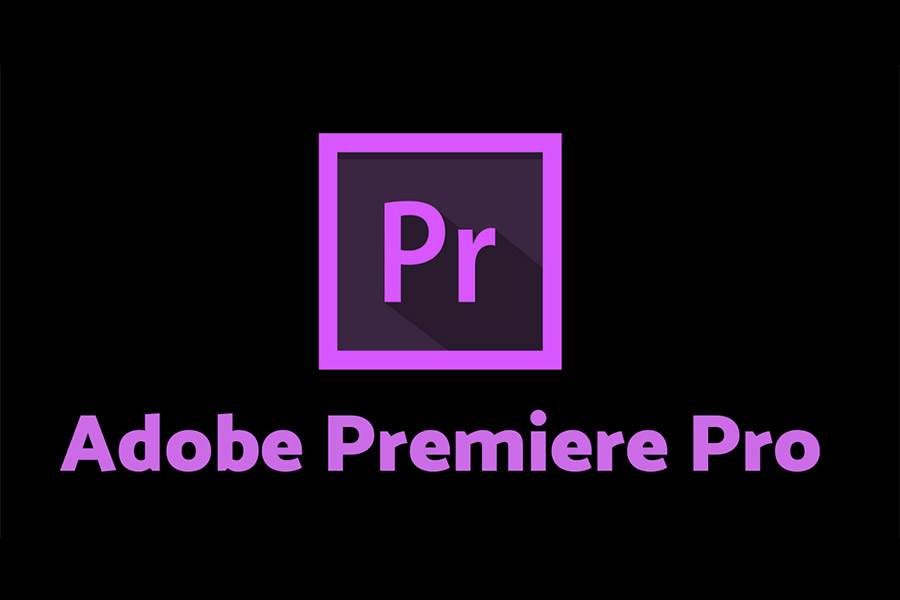Best Selling Products
A Complete Understanding of Negative and Positive Film
Nội dung
- 1. What is Negative Film?
- 2. Who Invented Negative Film?
- 3. Why is Negative Film Orange?
- 4. How Negative Film Works
- 5. Types of Negative Film on the Market
- 5.1. Black & White Negative Film
- 5.2. Color Negative Film
- 5.3. Medium Format and Large Format Film
- 6. What is Positive Film?
- 7. The Difference Between Negative and Positive Film
- 7.1. Generated Images
- 7.2. Processing Procedure
- 7.3. Dynamic Range and Ease of Use
- 7.4. Purpose of Use
- 8. When Should You Use Negative or Positive Film?
Among the most important concepts for beginners to film photography, the two terms “negative film” and “positive film” can be a bit confusing.
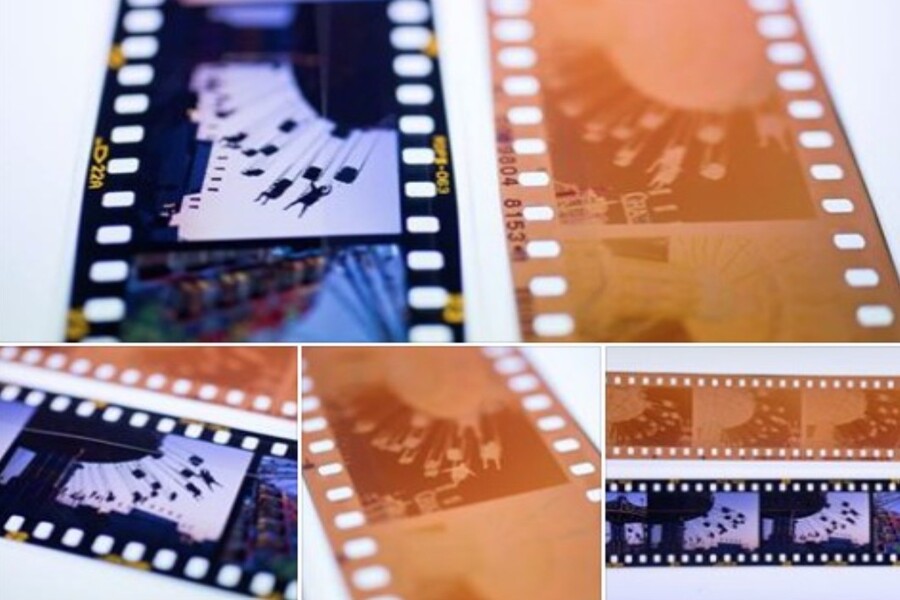
In today’s increasingly digital world, film photography still holds a unique and fascinating place. With each roll of film, the photographer is like entering a slow, thorough and artistic journey of experience. Among the most important concepts for beginners in film photography, the two terms “negative film” and “positive film” can be a bit confusing. So, what are they, how are they different and when should you use which? The following article will help you decode all the basic knowledge about negative and positive film from historical origin, operating mechanism to proper selection and use.
1. What is Negative Film?
Negative Film is a type of film that records images with the tones and hues reversed from the actual scene. This means that bright areas in the original image will appear as dark on the film, and dark areas will appear as light. Colors will also be inverted, for example, blue will become orange, red will become green, etc.
This is the most widely used film in traditional photography. After shooting, the negative film is developed and used as the original to print the image on photo paper or scan it digitally. Modern scanning software will automatically invert the color and brightness, returning the "standard" image as you see it with the naked eye.
The existence of negative film is the foundation for the entire analog imaging process chain, from shooting - developing - printing - digitizing. It is this initial reversal that creates the ability to reproduce images faithfully, controlling the quality of color, contrast and detail through the processing steps.
.png)
2. Who Invented Negative Film?
The history of negative film is associated with important milestones in the development of the photography industry.
One of the earliest examples dates back to 33 AD, when the image on the Shroud of Turin is said to have appeared as a natural negative, with the light and dark areas reversed. While not film in the modern sense, this event shows that humans were already aware of the idea of preserving images in a form that was the opposite of reality.
In 1826, French inventor Nicéphore Niépce created the first surviving negative photograph, “View from the Window at Le Gras.” This image took eight hours of exposure to complete.
In the 1830s, William Henry Fox Talbot, an English scientist, successfully developed the negative photographic process, also known as the calotype. This was a revolutionary invention, because it allowed for the first time to create multiple prints from a single negative.
In 1889, Eastman Kodak introduced cellulose nitrate film, which was flexible, cheap, and easy to produce. This brought photography to the masses, setting the stage for the golden age of negative film that lasted for more than 100 years.
3. Why is Negative Film Orange?
If you’ve ever held a piece of color negative film in your hands, you’ll notice the distinctive orange tint that covers the entire roll. This orange tint isn’t a side effect or a flaw, but rather a technical coating called an “orange mask.”
.png)
The orange coating is designed to balance the colors during the development or scanning of digital images. Color film is usually composed of several layers of light-sensitive emulsion, each corresponding to a primary color: red, green, and blue. However, these layers are not completely “separate” from each other, so there is a phenomenon called color crossover.
The orange layer itself has been calculated by the manufacturer to neutralize color deviations, helping to reproduce images with more accurate colors when printed or digitized. When the image is processed by scanning software, the system will automatically “remove” this orange layer, returning the original color to the image.
4. How Negative Film Works
Technically, negative film works based on a chemical reaction between light and silver halide crystals in the film's emulsion layer.
When light passes through the lens and shines on the film, these silver halide particles will be broken down according to the light intensity, recording the image by changing the chemical structure. The part that is exposed to stronger light will react more, becoming the darker area after the film is developed.
For color film, the structure is even more complex, with three separate emulsion layers. Each layer is sensitive to a range of light colors (red, green, blue) and will produce the corresponding dye color after development. The result is a color negative with inverted tones but containing enough information to reproduce the original image.
After shooting, the film is developed using a chemical process in the darkroom. The development steps include washing, fixing, and drying, which expose and stabilize the image on the film. Finally, the negative can be printed onto photographic paper using an enlarger or digitized using a scanner for digital storage.
.png)
5. Types of Negative Film on the Market
The negative film market today is still very rich, with many options for photographers from basic to advanced. Negative film can be classified by color and film size/format.
5.1. Black & White Negative Film
This type of film records images with only light and dark tones. On the film, bright areas will appear black and vice versa. Black and white film has a very high level of detail and brings a nostalgic, artistic feeling, so it is still favored by many photographers.
Some popular types of black and white film:
Kodak Tri-X 400: Known for its high contrast and distinctive grain
Ilford HP5: Versatile, easy to develop, flexible ISO-boosting film
Rollei Infrared 400: Can take infrared photos when used with the appropriate
.png)
5.2. Color Negative Film
This is the most commonly used film type today thanks to its ability to record true color, wide light range and ease of handling. Some popular types:
Kodak Ektar 100: Vivid, sharp color quality, suitable for landscape photography
Fujifilm C200 / 400: Easy to use, neutral colors, affordable price
CineStill 800T: Specialized in night photography, cinematic colors
LomoChrome Purple: Art film with unique color inversion effect
.png)
5.3. Medium Format and Large Format Film
Besides the popular 35mm film format, professional photographers often use larger formats to increase image quality:
· Medium Format: 120mm film roll, larger frame, higher resolution than 35mm
· Large Format: Film cut to individual sheets (4x5 inches, 8x10 inches), for super detailed images, used in fine art or high-end commercial photography
6. What is Positive Film?
Positive Film, also known as Slide Film or Reversal Film, is a type of film that produces images that are true to reality, without color or brightness reversal. After developing, you can look directly at the film and see the "standard" image as when taken, without the need for editing or color reversal.
Slide films are usually shown using slide projectors, a device that was popular in the 1960s and 1980s, before the advent of digital technology. When projected onto a screen, images from positive film will show vivid colors and very high sharpness.
.png)
Some prominent positive film lines:
Fujifilm Velvia 50: Vibrant colors, high detail, suitable for nature photography
Kodak Ektachrome E100: Neutral colors, good contrast
Kodachrome (discontinued): Icon of classic slide photography
It is easy to distinguish positive film, just hold the roll of film up to the light and if you see a clear image with the correct color, then it is positive.
7. The Difference Between Negative and Positive Film
Here is a detailed comparison between the two films:
7.1. Generated Images
Negative: Color and light are reversed, the image cannot be viewed directly
Positive: True color image, can be viewed directly on film or projected
7.2. Processing Procedure
Negative: Developed with C-41 chemical, color inversion required when scanning
Positive: Coated with E-6 chemical, no need to reverse color
7.3. Dynamic Range and Ease of Use
Negative: Wide dynamic range, tolerant of overexposure, more flexible with misexposure
Positive: Narrow light range, requires extremely precise light measurement, easy to burn out if exposed incorrectly
.png)
7.4. Purpose of Use
Negative: For those who want to print photos, digitize photos, and do post-production editing
Positive: For those who want to view the photo directly, display it or scan it in high quality
8. When Should You Use Negative or Positive Film?
Negative film is suitable for most film players from beginners to professionals. This is the ideal choice if you want to:
Easy to rinse and easy to scan
Has creative and post-production space
Wide light range, easy to "save" wrongly exposed photos
Positive film is suitable when you need:
Displays true color images directly on film
Professional slideshow
Premium photo printing with accurate color quality
Understanding negative and positive film is one of the first but extremely important steps in the journey of getting acquainted with film photography. Each type of film has its own strengths, suitable for different creative styles and goals.
If you are a beginner, negative film, especially C-41 color film, will be the most accessible choice. When you are more experienced and want to try higher challenges, boldly explore the vibrant world of slide film.
Whichever path you choose, always remember: the best thing about film photography is the experience, where you learn to appreciate every moment and every click.
